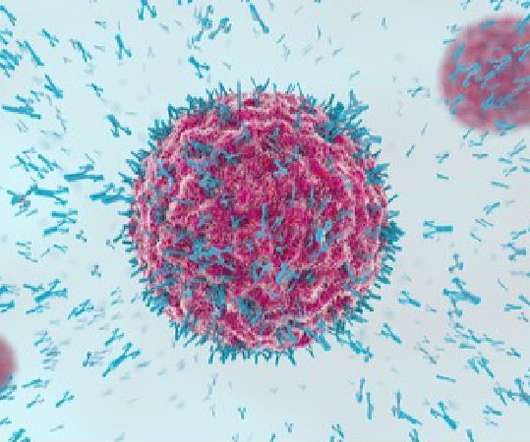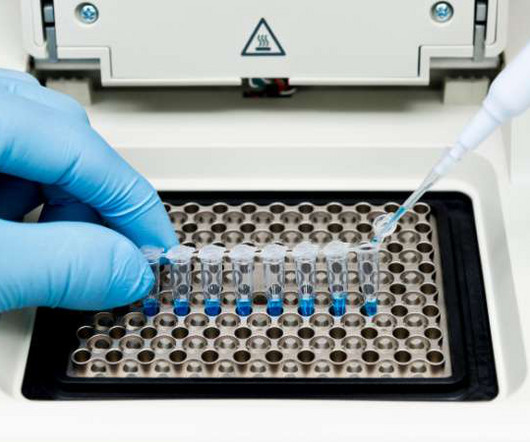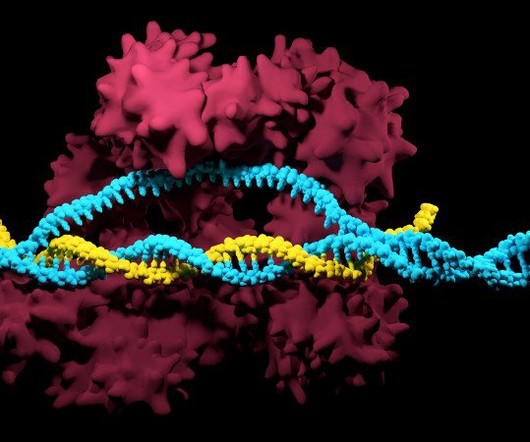New whitepaper on trends in precision medicine: Cancer
Drug Discovery World
JANUARY 20, 2023
Precision medicine uses information about an individual’s genes, proteins, and environment to prevent, diagnose, and treat diseases, including cancer. Differences in DNA, RNA, and protein can be identified in individual tissue samples, and even in individual cells.














Let's personalize your content